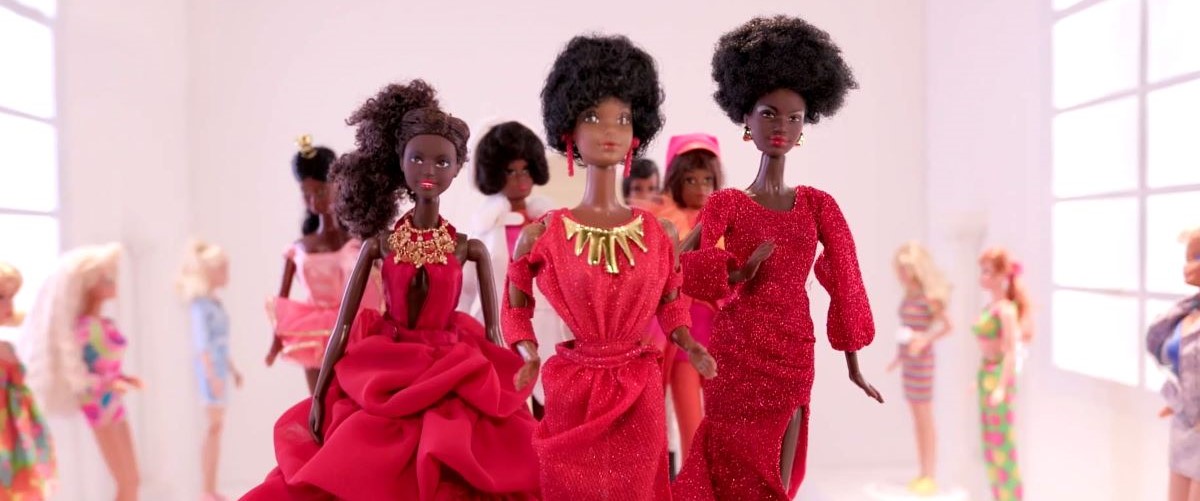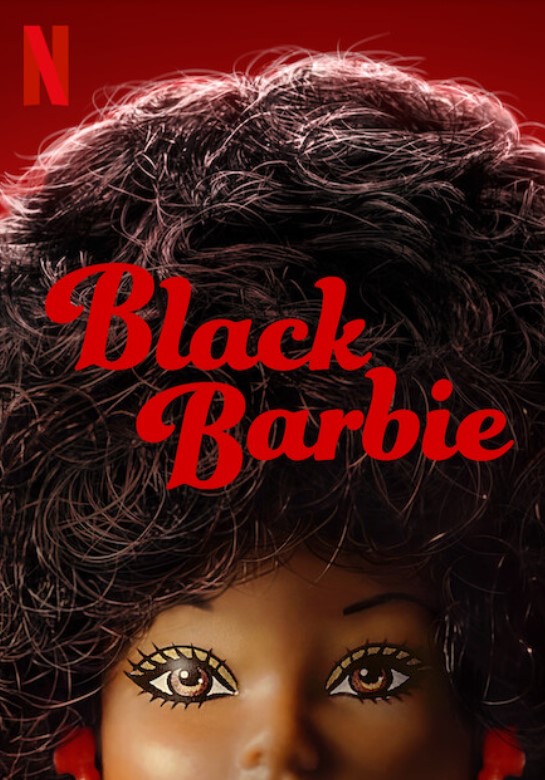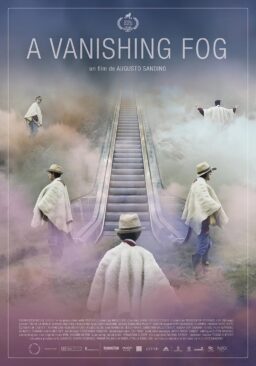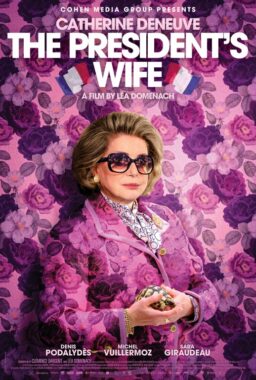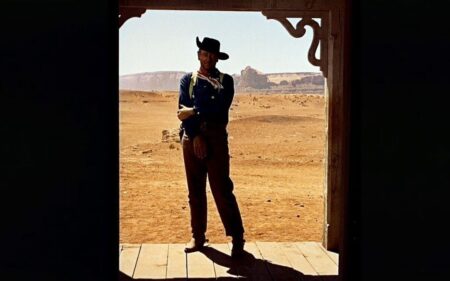“When I think of Barbie, I think of a little white doll with blue eyes, blonde hair, pink lips, and just all in pink.” From this first statement, audiences should brace for an all-encompassing discussion around the most famous doll ever: Barbie. Since she burst onto the scene in 1959, she has been considered the standard doll for little girls globally for decades. Yet, the idea of Black Barbie was never even considered until a Mattel employee and friend of the creators Ruth and Evan Handler named Beulah Mae Mitchell suggested the duo consider creating a version to reflect her community and likeness.
Her intimate access as one of the first Black employees at the famed company inspired a documentary that delves deep into the intersection of marketing and merchandising. “Black Barbie” unapologetically illustrates how representation of Black women through struggle, in elevating our voices and image through a toy, would ensure that we were no longer invisible in the toy world or anywhere else.
Directed and written by Mitchell’s niece, Lagueria Davis, and broken down into three chapters, in “Black Barbie: A Documentary,” the impact on the community is more than skin deep. Until the mid-twentieth century, Black dolls only existed as calico, Aunt Jemima, jar dolls, or topsy-turvy dolls – which were far from flattering (exaggerated stereotypical features based on dehumanizing racist tropes were the unfortunate norm). The white-girl standard became an issue and made some little Black girls – due to their skin color and hair texture – feel not accepted or beautiful to the masses. As Shonda Rhimes points out, “…there is real damage done when you force children of color to play with white dolls.”
All that changed when Mattel partnered with Lou Smith and Operation Bootstrap to create Shindana, a toy company that would become the largest manufacturer of Black dolls until 1983. But the real revolution was televised when Kitty Black Perkins answered an open ad from Mattel for a fashion designer. Resembling Black Barbie in the flesh with flowing curly hair and a convertible sports car, Perkins would design the first Black Barbie inspired by the one and only Diana Ross. Her groundbreaking designs would go a step further when Stacy McBride-Irby followed in her footsteps, creating the 30th-anniversary doll, including one for the famed Greek organization AKA (Alpha Kappa Alpha). It just goes to show you that when Black dolls are made by Black people, there’s so much more versatility in the manner of ideas and looks in which they are created.
Although the marketing campaign for Black Barbie was less than stellar, that faux pas didn’t stop a whole new iteration of dolls patterned after real-life heroines ranging from Misty Copeland to Olympian Ibtihaj Muhammad. Barbie movies, vlogs, and her new animated series with a caramel-colored doll from Brooklyn prove that Barbie is more than a color—she is an institution of change, creating a diversity of thought one doll at a time.
“Black Barbie” is a smart, agile education on a world not historically made for us. Ultimately, one leaves with pride that a few Black women (and their activism) changed the narrative. In so doing, they created a legacy of dolls with beautiful lips, fuller hips, and shades, all reflective of the kaleidoscope of brown and black that make our culture gorgeously unique. “Black Barbie: A Documentary” is as elegant and enriching as the doll that inspired it.
On Netflix now.

